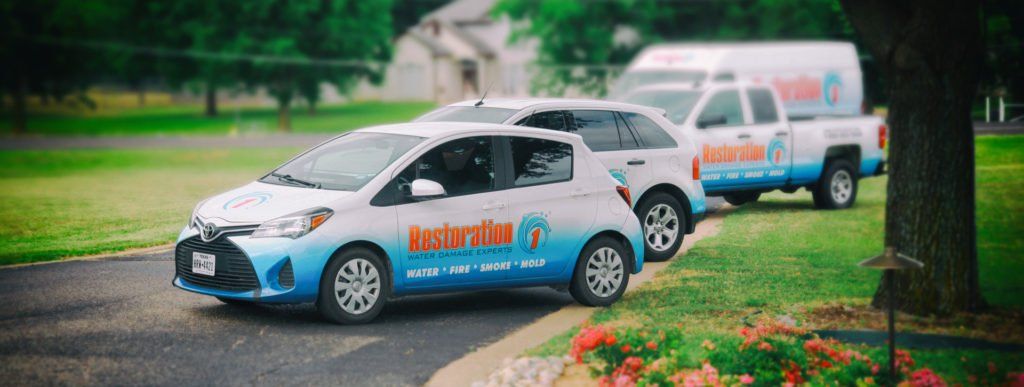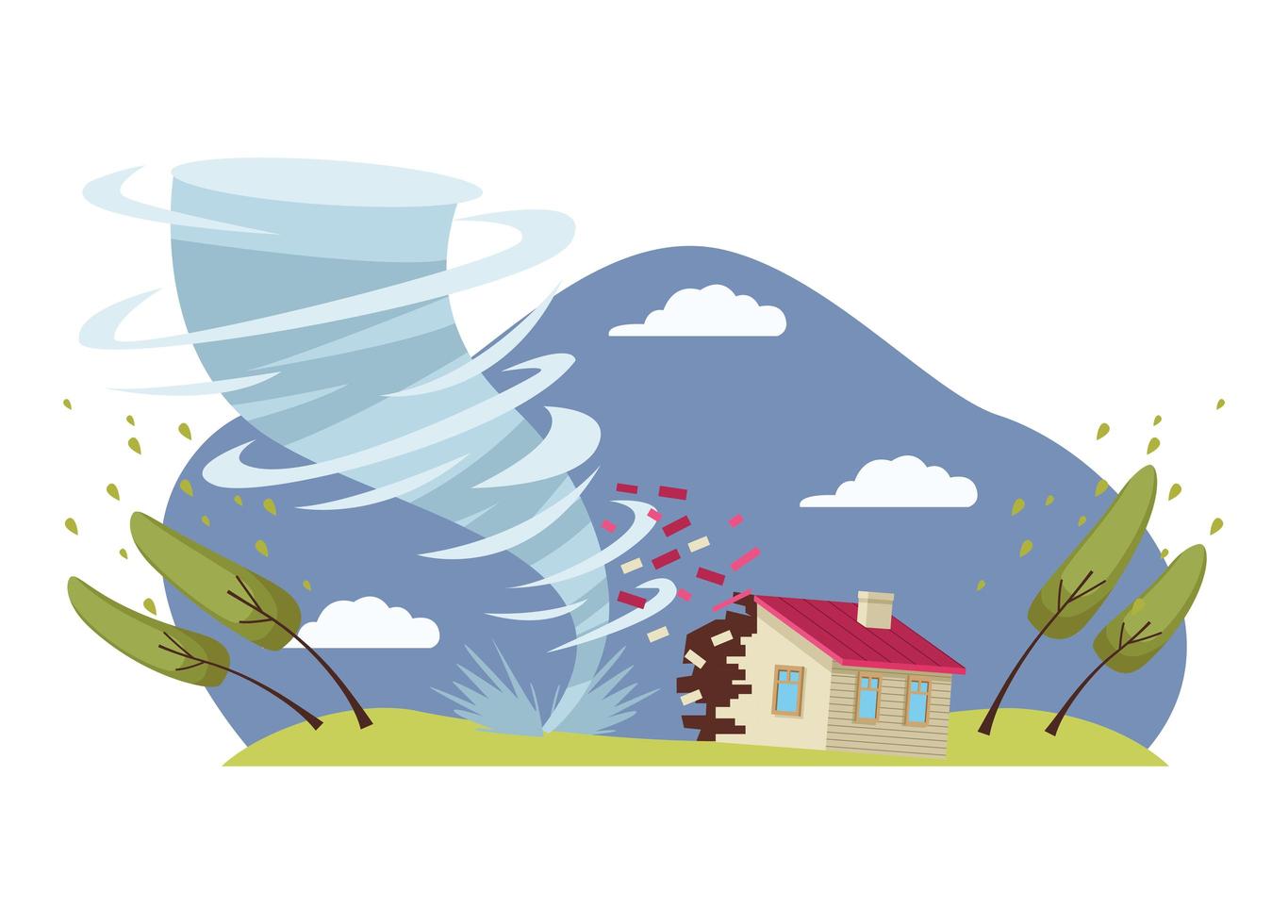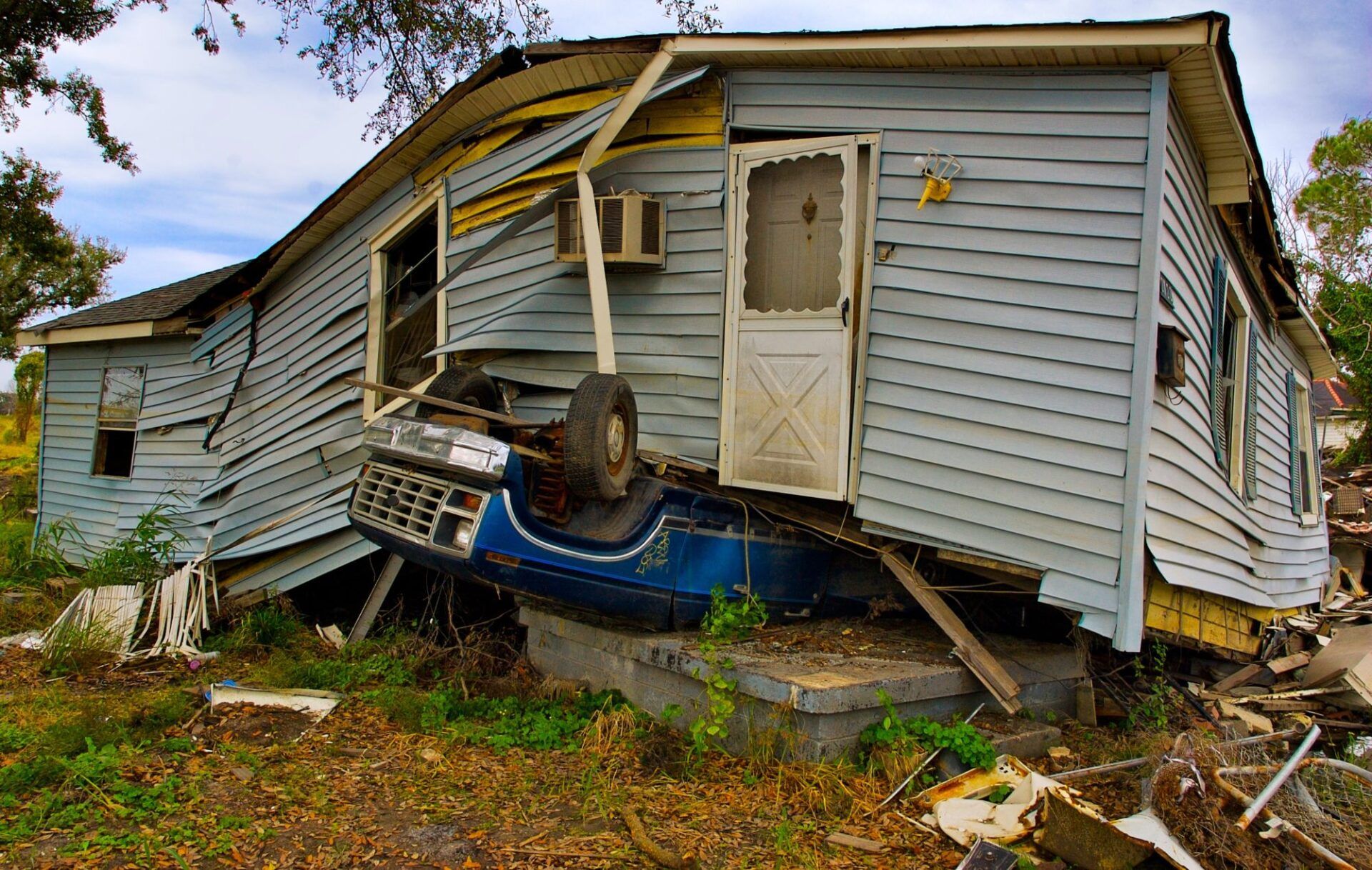How to Deal with Water Damage in My Home?
How To Deal With Water Damage In My Home?
Immediate Steps for Water Damage Control
When facing water damage, immediate action is crucial. The first step is to shut off the water source, which could be a leaking pipe, a faulty water heater, or an overflowing appliance. Once the water source is shut off, disconnect all electrical appliances to minimize the risk of electrocution.
Identify the Type of Water
Knowing the type of water you're dealing with is pivotal. There are three types of water:
- Clean Water: From rain or leaking pipes.
- Gray Water: From appliances like dishwashers and washing machines.
- Black Water: Highly contaminated water from sewage or flood.
Each type requires specific handling and cleaning methods to ensure effective remediation and to minimize health risks.
Water Damage Assessment
Thorough assessment of the affected area is the next step. Identify the scope of the damage to know the materials involved—drywall, insulation, wood, etc. This will help in determining whether to DIY or seek professional help. Always remember, time is of the essence; the longer water sits, the more damage it will do.
The Importance of Documenting Damage
Take detailed photographs and videos of the affected area, including all the damaged possessions. This is crucial for insurance claims. Make sure to keep all damaged items until the insurance adjuster has assessed them.
The Cleanup Process
Drying Out the Area
Effective drying is critical. Use industrial fans and dehumidifiers to expedite the process. Open windows to improve ventilation. Remove water-soaked carpets and furniture to avoid mold growth.
Cleaning and Sanitizing
Use commercial cleaners and disinfectants to sanitize the area. Always wear protective gear like gloves and masks when handling chemicals.
Mold Prevention
Mold can set in within 48 hours, making fast action imperative. Use mold inhibitors and consult professionals for areas where mold has already started to grow.
Professional Restoration Services
There are instances when DIY efforts are insufficient. That’s when you need professional water damage restoration services. They have specialized equipment and trained personnel to deal with extensive water damage and potential mold growth.
Dealing with Insurance
Contact your insurance provider immediately. Provide them with detailed documentation of the damage for a swift and hassle-free claim process. Know your policy details to understand what is and isn’t covered.
Future Prevention Methods
Preventing future occurrences is just as important. Regular maintenance checks, installing water leak detectors, and knowing the location of your home's main water shut-off valve are key.
Choosing the Right Repair Contractors
Quality repair work can make or break your recovery efforts. Look for contractors who are licensed, insured, and well-reviewed. Get multiple quotes and a detailed contract before starting any repair work.
Water damage is a devastating ordeal, but swift and precise actions can greatly mitigate its impact. From identifying the water type to the cleanup process and from choosing the right restoration service to dealing with insurance, each step is crucial in managing water damage effectively.









